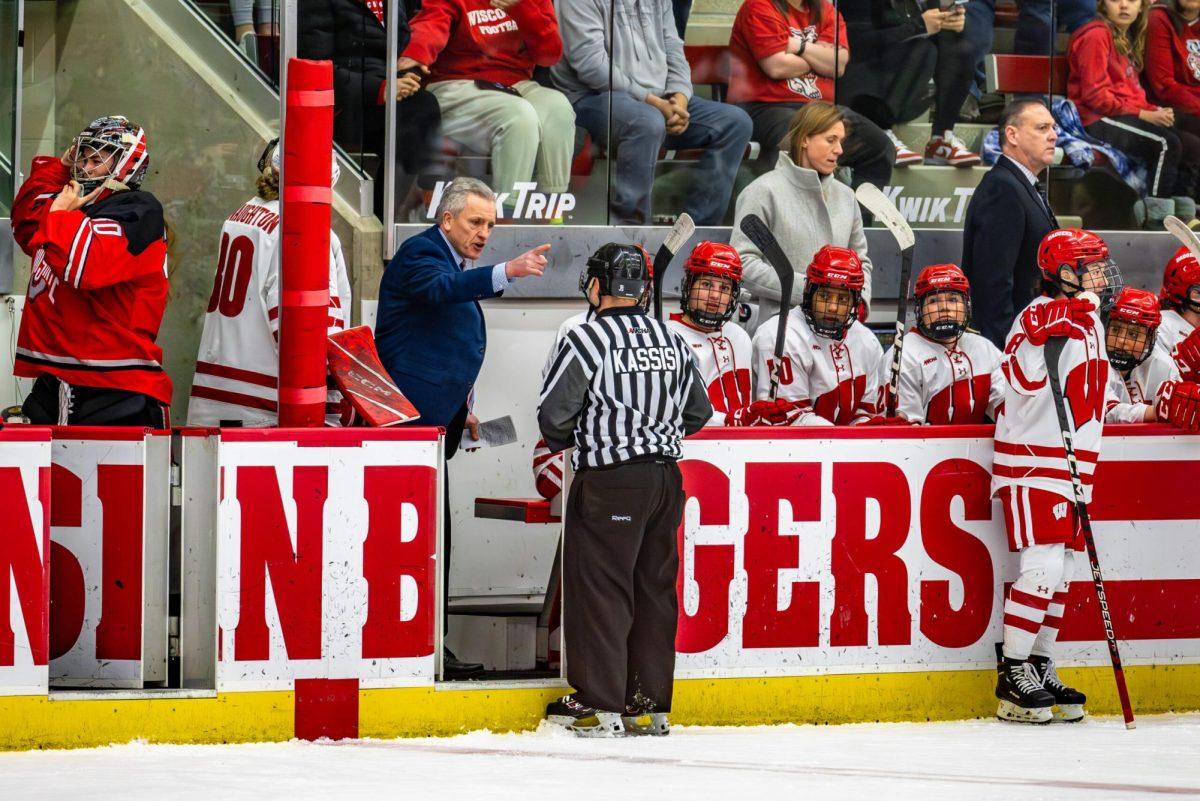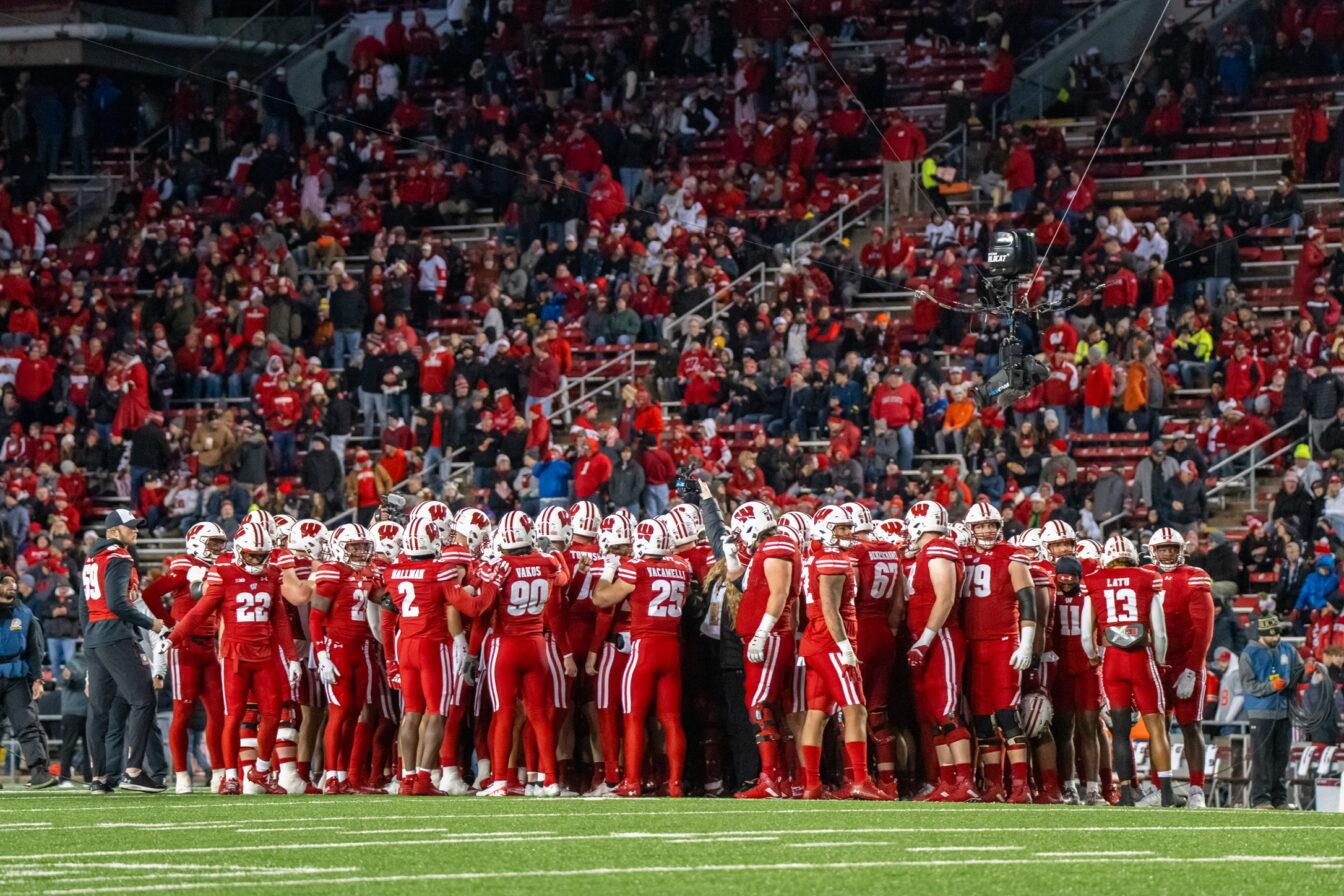Chatting with a good friend the other day about the respective merits of college basketball and its NBA counterpart, I came to a realization: he just doesn’t get it.
In defending his beloved pro game against my claims that college ball is superior, my buddy droned on and on about how the NBA’s world-class athletes make the game infinitely more exciting and fun to watch. His ramblings included talk of better shooters, higher leapers and improved ball handling at every position. He mentioned how the league’s high profile focuses the public eye on the NBA more than it does on the college game.
Surely, all of this is true. The NBA does have better athletes: these days it seems that everyone except Patrick Ewing has a 40-inch vertical and can throw down a reverse alley-oop after taking off from the foul line. As for the better shooting thing, you can’t make it to “the league” without being able to consistently knock down open 15-footers.
And the public exposure? Although the NBA may be more visible than college ball, the league is not where it was even 10 years ago, as David Stern finds it’s not as easy to sell gangsta-rapper Allen Iverson and choir-boy Tim Duncan as it was to leave the nation thirsting for more Michael Jordan (wait, you mean he’s still around?) and Magic Johnson.
So am I wrong then? How could bigger, stronger, faster players provide a worse product than NCAA ball, which has an incredibly diluted talent pool, owing to its over 300 Division 1 teams? Talking to Wisconsin assistant basketball coach Tony Bennett one day, the former Charlotte Hornet relayed to me a gem of knowledge that his father Dick once bestowed upon him.
“The NBA has the players,” the elder Bennett told his son, “but college has the game.”
Oh, does it ever.
Bennett’s statement represents one of the most truthful assessments of the NBA/NCAA clash I have ever heard, and it displays exactly why the college game is superior: because it actually is a game, not some individual quest to make “SportsCenter.”
Despite what Jerry Stackhouse and Antoine Walker might think, basketball is a team game, and NCAA ball is the perfect representation of this. No silly isolation plays on the wing every time downcourt, no Stephon Marbury dribbling around the entire floor before looking off a wide-open teammate and launching a covered three. No Glenn Robinson throwing his headband into the stands after getting benched for not boxing out and giving up a key putback against the lowly Warriors.
The team-based philosophy of college basketball precludes the NCAA from turning into its pro counterpart. Just look at Bo Ryan’s Badgers: they employ a swing offense that forces everyone to touch the ball and can have anybody taking any shot at any time.
Five-foot-10 Travon Davis in the post? You betcha. Big men Dave Mader and Charlie Wills talking threes? Why not? Ryan doesn’t often run isolation plays for Kirk Penney and Devin Harris, not because they can’t create, but because he feels that, by running the offense, his team will get a better look. And they usually do.
In addition to kids actually playing hard and putting their team first, college basketball games actually mean something. The NBA’s tortuously long regular season seems to be a pointless, contrived, profit-generating preamble to the playoffs, which also usually turn out to be boring and predictable. Think the Spurs sweat a midseason loss to the middling Hornets? Think again.
In college basketball, no loss is without consequences. Whether it’s Duke getting beat by Maryland and falling from No. 1 to No. 3 or Georgia Tech upsetting No. 15 Virginia, possibly dropping the Cavs out of Tournament contention, every contest sees the winner take huge strides forward and force the loser to refocus for the next game, which is suddenly so much more important. It’s almost impossible for a top team to keep from dropping at least a couple spots in the all-important rankings after getting upset by some lowly competitor.
And how ’bout those upsets? Basketball without upsets is like a hamburger lacking cheese and ketchup: without them, it still works, it’s just a little bland.
Upsets are just another reason why college ball is superior to the NBA: they actually exist and mean something. There are great teams and there are bad teams, and every once in a while, one of those great teams goes down in spectacular fashion.
If the Bulls beat the Lakers, as they did twice this season, people are understandably surprised, but nobody jumps off a bridge because of it, and nobody’s going to remember it two years down the line.
I can guarantee you, though, that players from this year’s Florida State team will be telling their grandchildren about how knocking off an “unbeatable” Duke squad was the highlight of their season, probably their entire careers.
No discussion about the joys of college basketball would be complete without expounding on the cauldron of competition that is the NCAA Tournament. Nothing in any other sport rivals the Tournament in the way of pure excitement and spectacular finishes. 64 teams (or is it 65?). Two insanely unpredictable weeks. Cinderellas are crowned and crushed in the same week, surefire Final Four teams are dropped in round two (Cincinnati, anyone?), unrecognized programs (Wisconsin, Gonzaga) make names for themselves and borderline NBA players make a big enough impression (can you say Bryce Drew?) to get drafted.
Perhaps that is the saddest part about college ball, that the players eventually have to leave school, some for the riches of the NBA. It’s understandable that some elite, sure-thing underclassmen, many of whom came from less than desirable backgrounds, take the easy ticket to Caddy Escalades, Cristal sippin’ and stardom, but the NBA’s siren song has begun to captivate far too many players who will enjoy their best years in college.
But for every leave-early bust like former Dukie William Avery (season average: 1.4 ppg) or undersized Arizona forward Michael Wright (cut by the Knicks) there is a Kenyon Martin, a guy who stays four years, dominates the college game, and then is an instant star as a pro.
Despite the trend toward elite players leaving early, or worse, entering the draft out of high school, the fact remains that there are 13 or 14 other guys on every college team (except Duke) who know that they won’t be playing high-profile ball after their college days are over. They play for the love of the game, the thrill of competition, and the chance to succeed. They play to make that magical run in the tournament or to hit the game-winning shot to down the conference leader. They play with their hearts, not their money clips, on their sleeves.
They dive into scorer’s tables. They take charges. They cry after losses. Maybe they can’t all jump quite as high as those skywalking NBA players, but when they go up for that rebound in a tie game with 10 seconds left, they’ll jump higher than they ever have in their lives, because it actually means something to them.
If only my friend could understand that.













